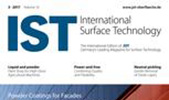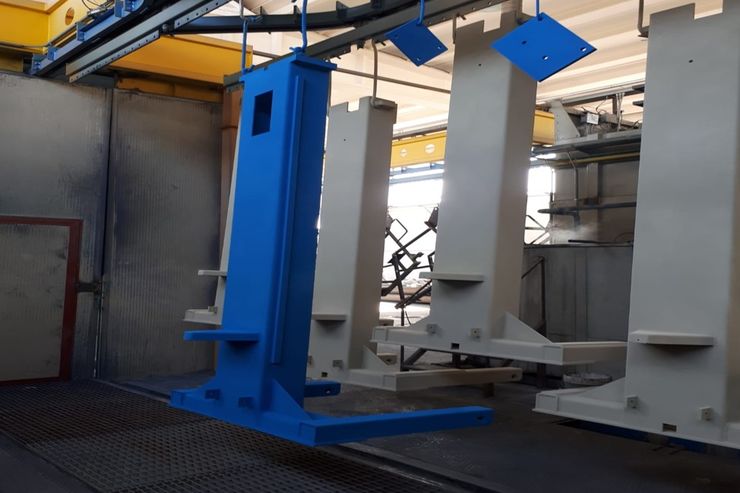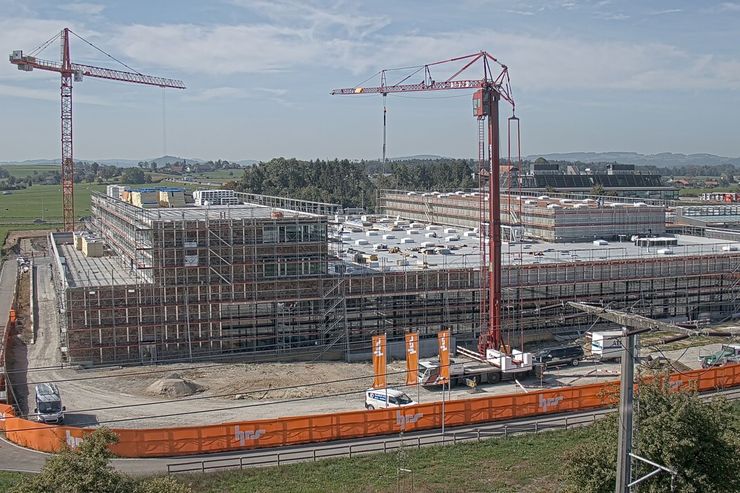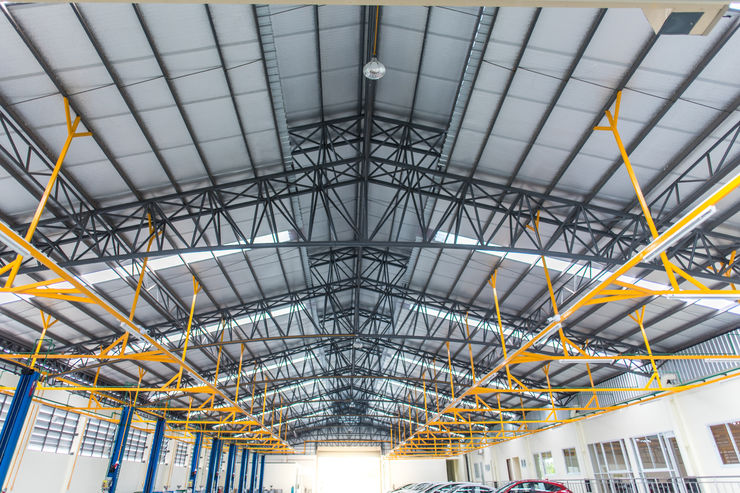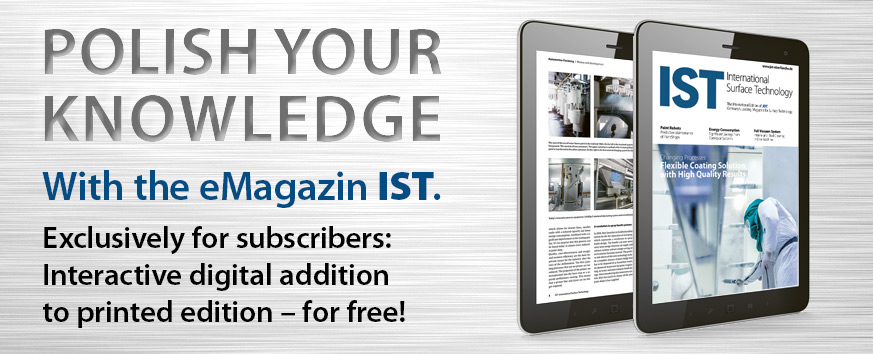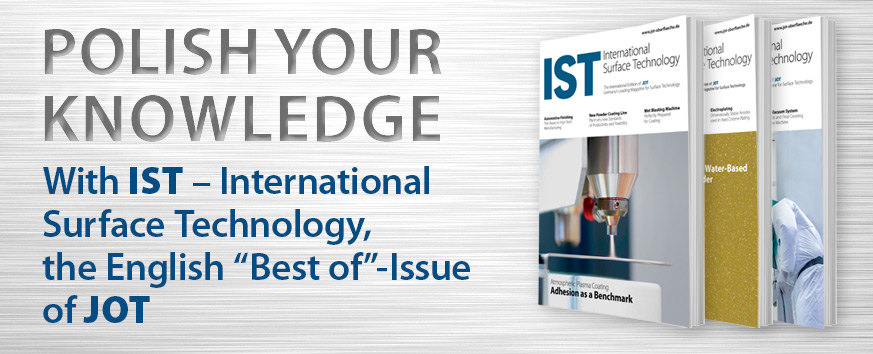Today's low-temperature (NT) powders for outdoor use ideally require 150°C and 12 minutes in the baking oven (EBO) as the lower baking value. Pulverit has strongly modified a polyester binder and thus developed a new generation of powders (PulverCold), which is unlabelled and poses no risk of contamination in a conventional powder coating plant. The reaction mechanism, a so-called redox reaction, takes place about 10 times faster than usual. The reaction is triggered by the introduction of starting energy, which ultimately leads to complete cross-linking under a baking condition of 120 °C and three minutes EBO. This energetic advantage can be used specifically in various applications. Of course, an NT powder requires a shorter curing time than conventional curing systems. The cooling time is also significantly reduced in this case, as the component achieves lower peak temperatures. By reducing the curing temperature and the furnace dwell time, CO2 emissions can be reduced by about 75 % with Ultra NT powder compared to the standard system.
UV-stable, chemical and scratch resistant
Another advantage of the new system is its high UV stability, which corresponds to a highly weather-resistant powder coating. The chemical resistance of the new powder is also very high and can be compared to an anti-graffiti powder. The above-mentioned technical properties result in various fields of application for which this powder is predestined. On the one hand, the powder is particularly suitable for heavy and thick-walled components with high energy consumption during baking and long baking times. Increasing the production speed is another field of application. New fields of application arise from the possible use on thermally sensitive substrates. Objects that previously could not withstand baking temperatures of 140 °C and more can now also be coated. In these cases, in addition to the aspect of the low baking temperature, the possible change from wet paint to powder coating also comes into play. This means a significant reduction in VOC emissions for the processing companies. The increased surface hardness takes its toll. Although the powders have good flexibility, they are not at the usual level of classic powder coatings. Edgable or particularly flexible surfaces cannot be achieved with this system. The storage stability of six months at 25 °C is a good value for such a highly reactive system, but requires special care during transport and storage of the powder. However, previous tests and applications show that this is feasible in practice.
Autor(en): Pulverit

